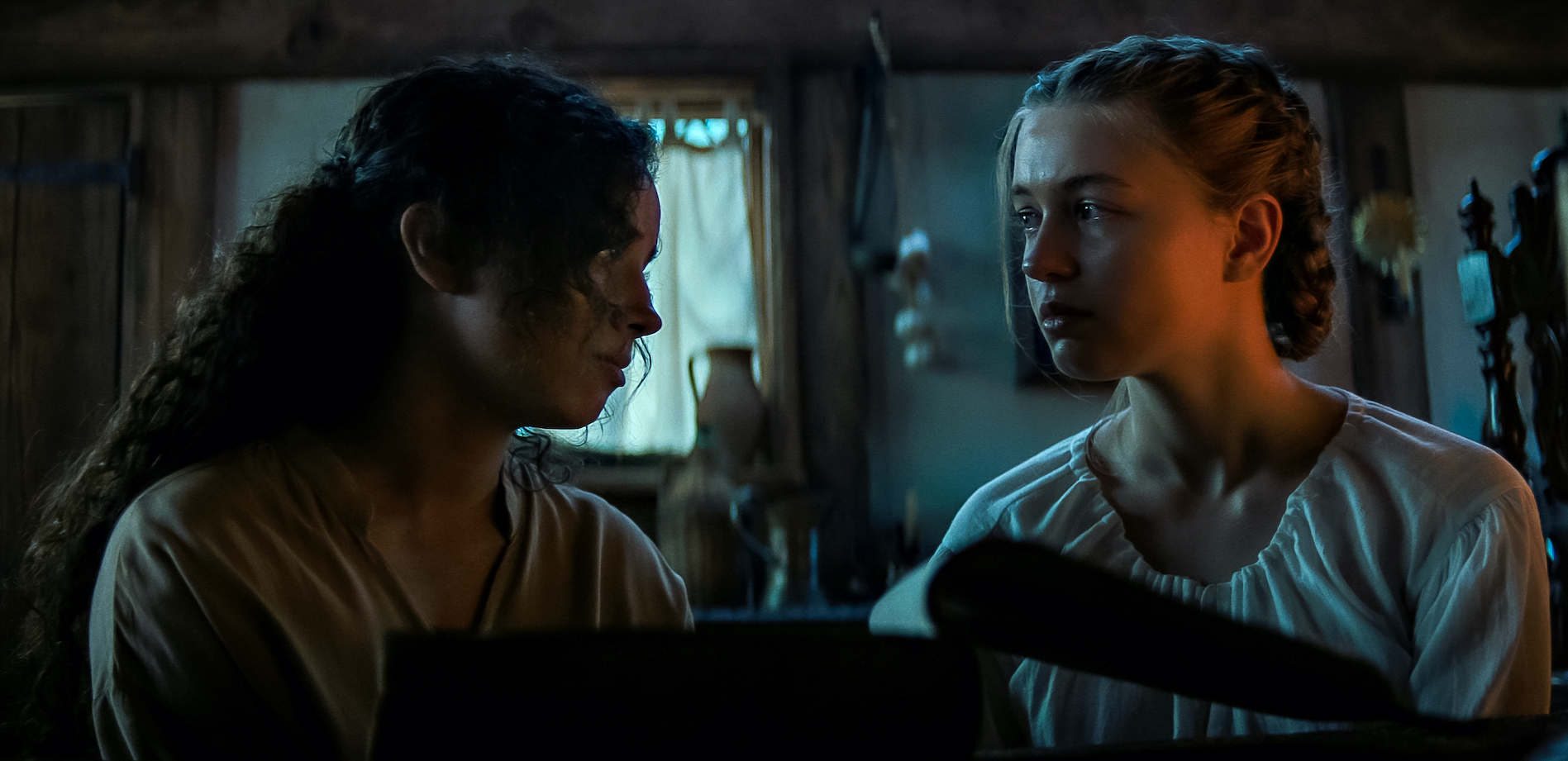Table of Contents Show
Queer representation within Western media has come a long way. Representation of queer relationships and characters has gone from indiscreet coding during the Motion Picture Production Code (the Hays Code) of the mid-1930s to the late 1960s to the more recent and explicit representation such as FX’s Pose (2018-2021). Over the years, queer representation has often been hit or miss. Though, lately, as more BIPOC and LGBTQ+ work behind the scenes in Hollywood, queer representation is on the rise. On the other hand, there are genres that still lack representation for the LGBTQ+ community.
To be more specific, the queer representation in the horror genre is often misrepresented. For example, there are various LGBTQ+ characters being portrayed as the villain like in The Silence of The Lambs (1991; Jonathan Demme). However, it does seem that the horror genre is on a positive gradual rise in queer representation, as noted in the latest Netflix trilogy Fear Street (2021; Leigh Janiak).
Queer Representation In Horror Then
There is no denying that frequently in Western films, the LGBTQ+ community has been cast into the role of Other. Their sexual and/or gender identities often appear as the reason why the world should view these individuals in fear. Thus, casting queer individuals as a monster, evil, or crazy. In horror cinema, it is no different. In fact, there have been multiple examples of how homosexuality and the trans community are seen as something to fear.
Rope (1948; Alfred Hitchcock)
In Alfred Hitchcock’s 1948 horror-adjacent film Rope, it featured two gay villains. Within the film, Brandon Shaw (John Dall) and Phillip Morgan (Farley Granger) were two murderous lovers (who are based on real life murderers Leopold and Loeb) that strangled their former college classmate David Kentley (Dick Hogan) simply for the sensation of getting away with murder. After committing the murder, they placed the body in a chest, put a tablecloth over it, and used it as a serving table at a party.
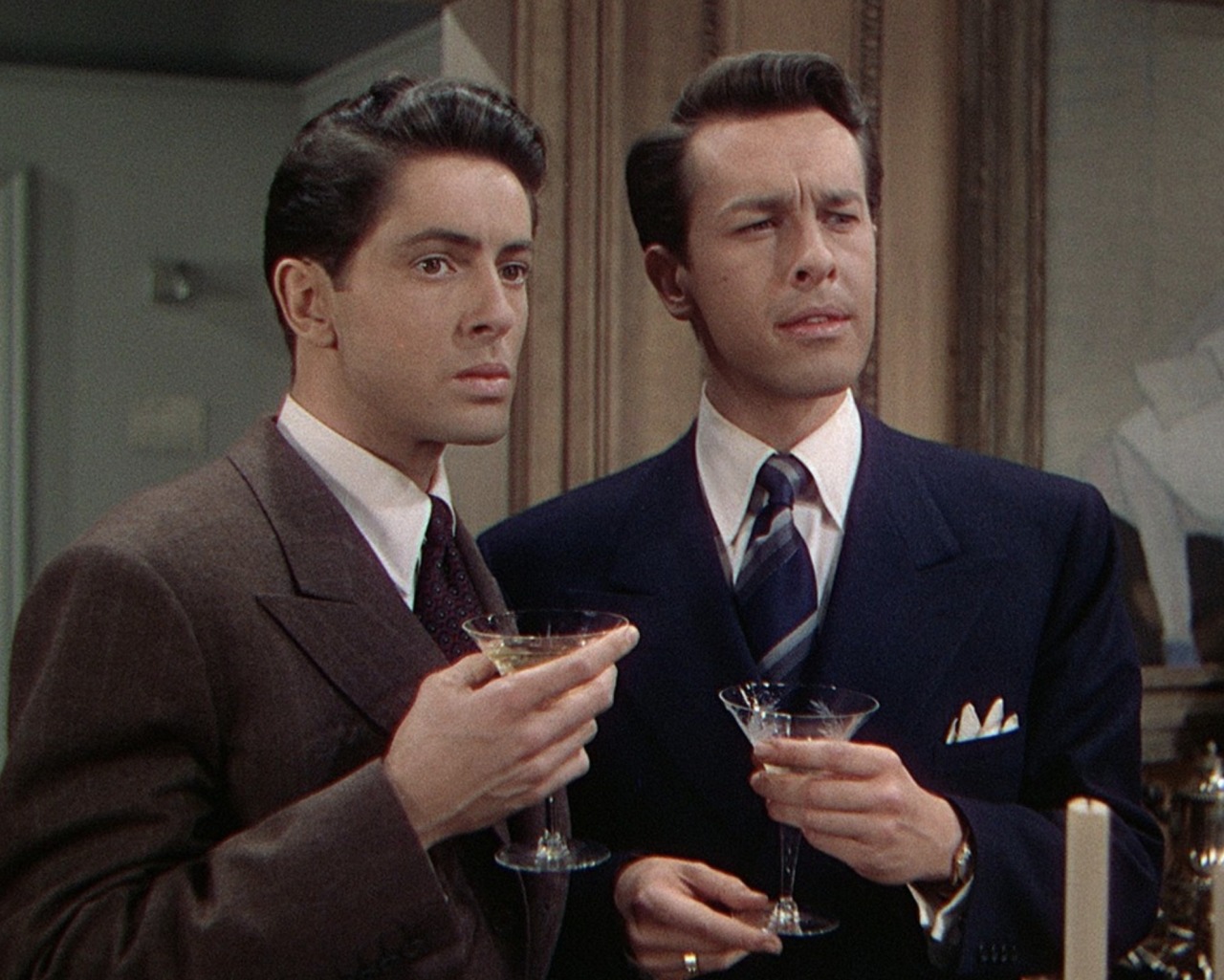
The queer subtext and sexual undertones in Hitchcock’s Rope run rampant. For example, how the characters deal with the murder is reminiscent of how queer individuals handle their sexuality being a secret. In the film, Phillip expressed glee over committing the perfect crime and proving his own superiority; meanwhile, Brandon was distressed and struggled to maintain his composure during the party (( Coates, Tyler. “When Hitchcock Went Gay: ‘Strangers on a Train’ and ‘Rope’.” Decider, 11 Aug 2014. )). In real life, if a queer individual is in the closet, it is possible that they could react in the same manner that Phillip or Brandon did.
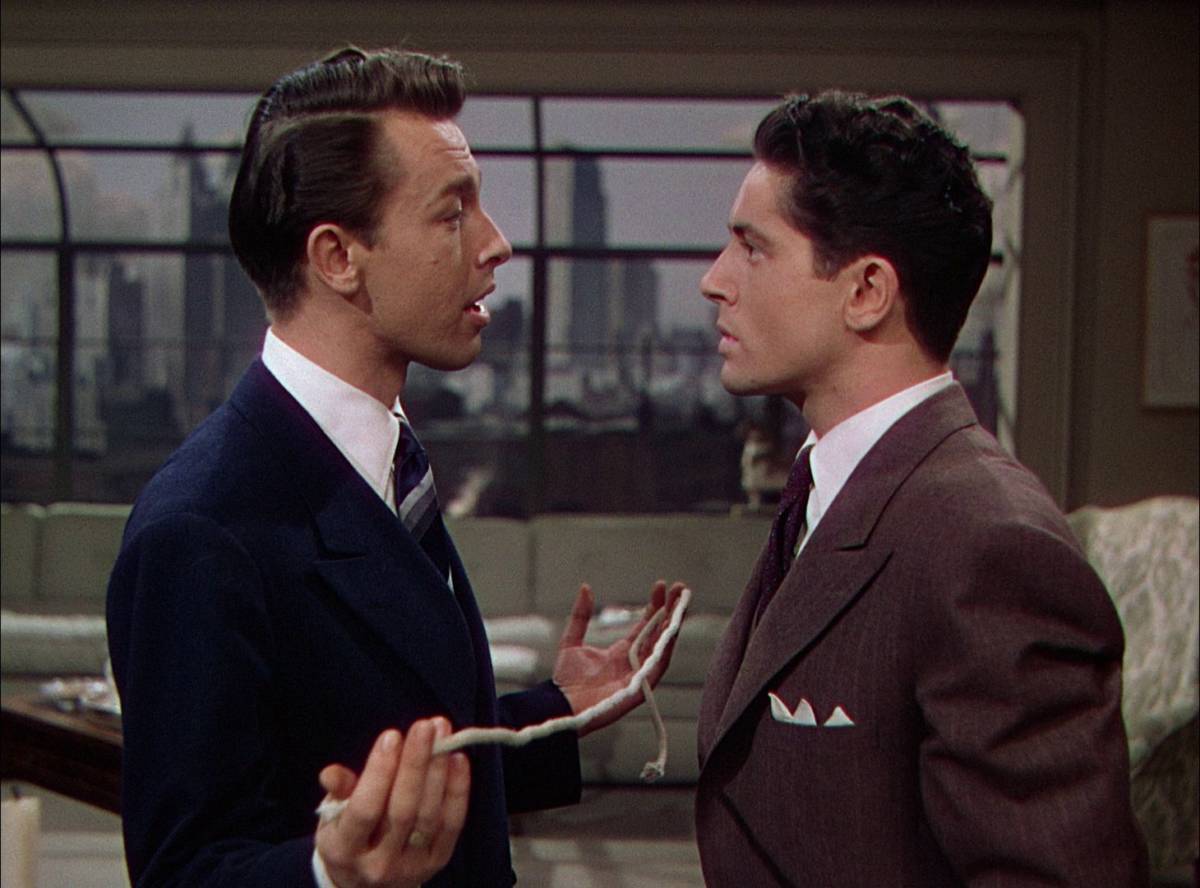
Despite the fact that Rope’s screenwriter Arthur Laurents, Dall, and Granger were gay, and how some could view this queer representation as a positive one, there is no denying that the representation in Rope can still be interpreted as negative. Considering that this film was released during the Hays Code era (meaning that homosexuality was one of the topics that could not be explicit or obvious, and instead it had to be suggested), homosexuality was something that created unease within the audience at that time. Hitchcock even suggesting homosexuality in Rope can leave audience members feeling that they should view homosexuality and homosexuals as something that should be feared because they could associate them as murderers.
The Silence of the Lambs (1991; Jonathan Demme)
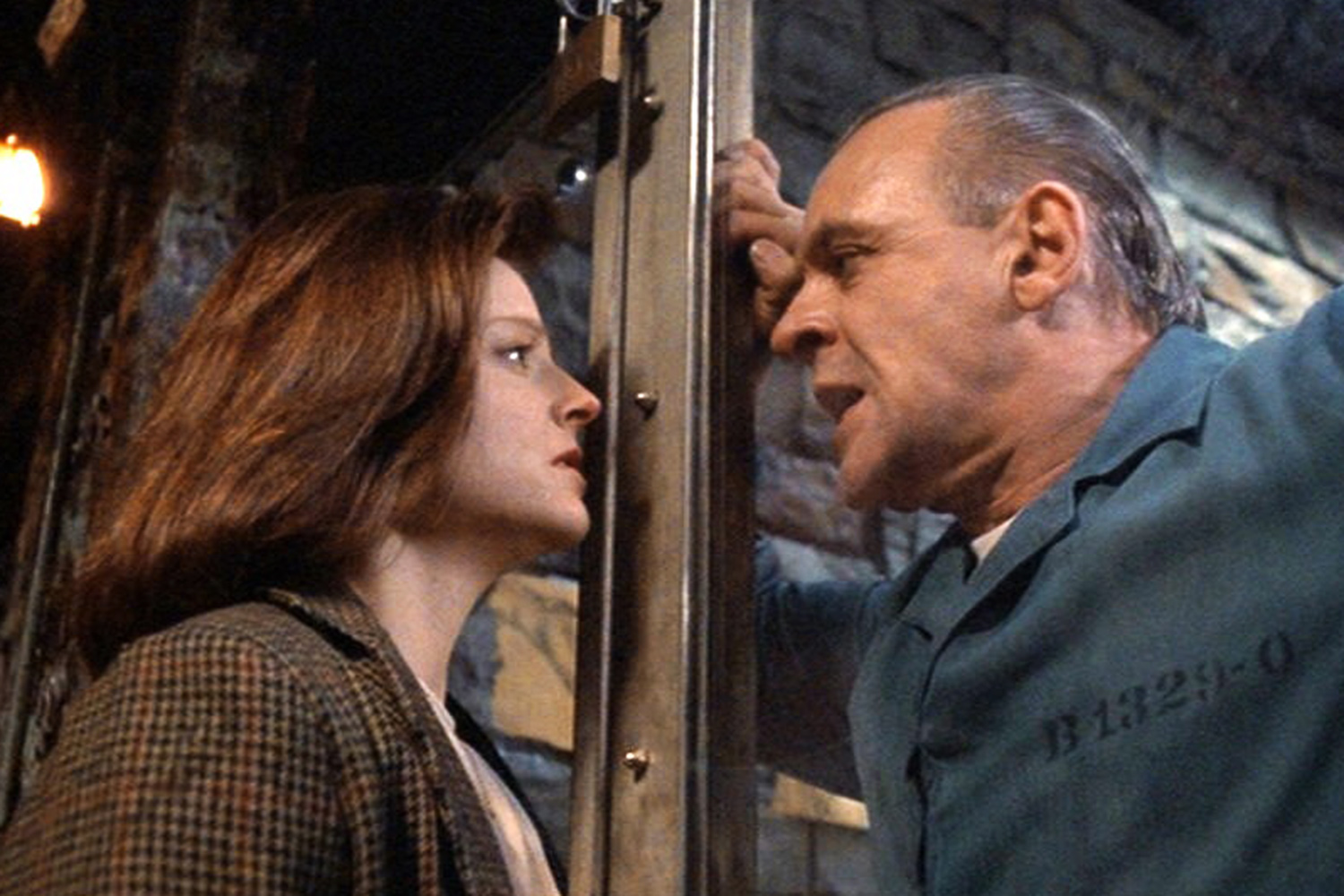
Demme’s 1991 film featured Clarice Starling (Jodie Foster), a top student at the Quantico, Virginia FBI Academy, who was assigned to interview Hannibal Lecter (Anthony Hopkins), a former psychiatrist imprisoned cannibalistic serial killer. Through the interviews, Starling was able to use the insight Lecter gave as a useful tool in the pursuit of Jame “Buffalo Bill” Gumb (Ted Levine), a psychopath serial killer that murders overweight women and skins them.
The Silence of the Lambs is a cult classic in the horror genre. Despite the love that many have for the film, there is no denying that some in the LGBTQ+ community take issue with the queer representation in the film. To be more specific, many think that the representation of transgender people in The Silence of the Lambs was terrible. Considering that this film was released post-Hays Code, it meant that Demme didn’t have to be indiscreet and could be more obvious in showing that Buffalo Bill was trans. An example of this is when Lecter said these lines when talking to Starling,
“Our Billy wants to change too… I wouldn’t be surprised if Billy had applied for sex reassignment.”
The lines stated by Lecter was a signal to the audience that Buffalo Bill was trans and is another LGBTQ+ character that is a villain.
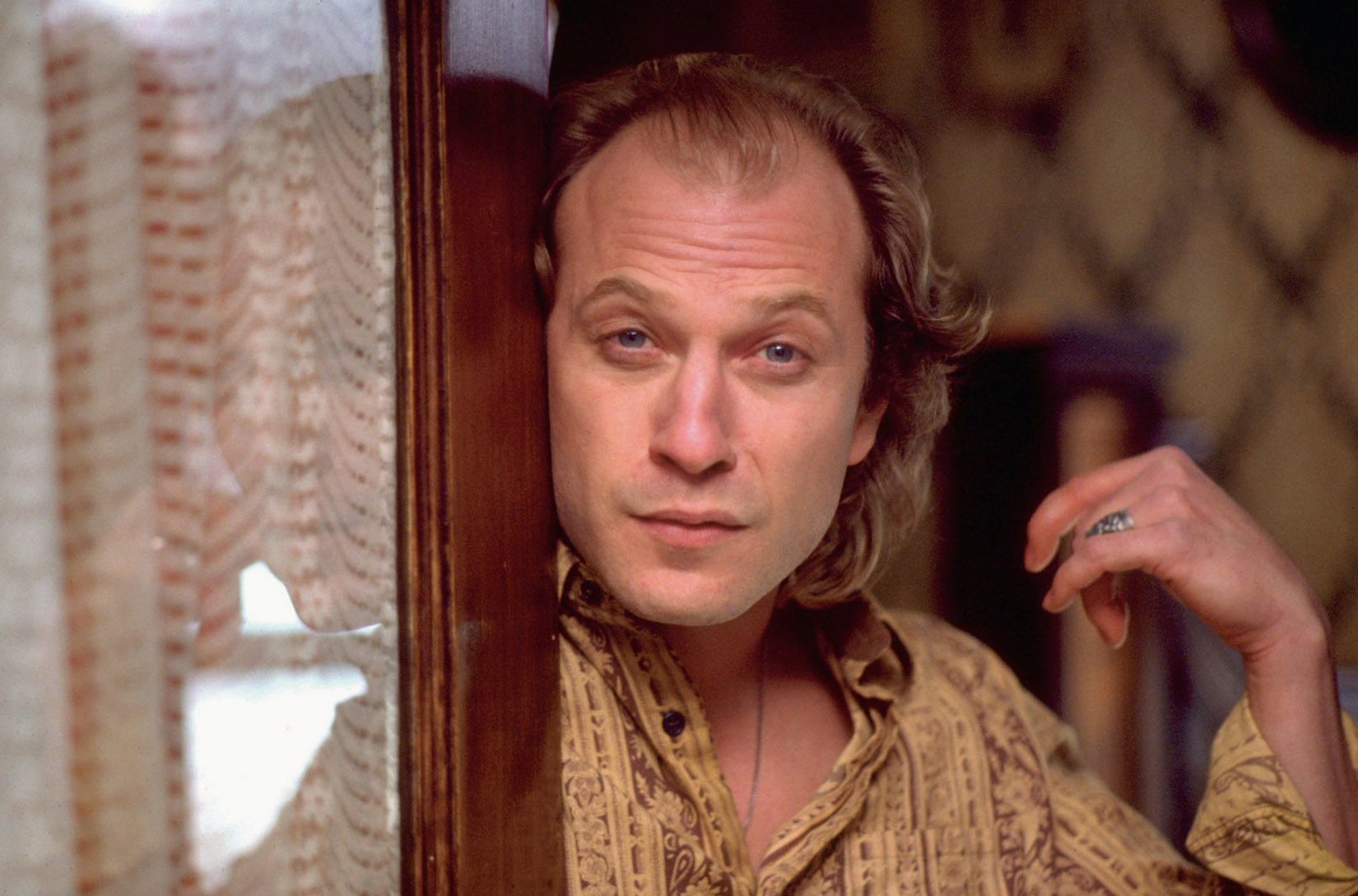
While there is nothing wrong with LGBTQ+ characters being villains, there is issues with how these villains are portrayed and how the audience interprets the portrayals. To illustrate, in one scene of The Silence of the Lambs, Buffalo Bill was seen putting on lipstick and dancing. At the end of the scene, the audience saw that Buffalo Bill was genital tucking. Due to this scene, and the fact Buffalo Bill is a serial killer, many viewers had started to view the trans community in a negative light. For example, Harmony M. Colangelo of Shudder recently shared their experience of how people would snicker or consider them a threat because of this film (( Colangelo, Harmony M. “The Lambs Still Scream: Reanalyzing ‘Silence of the Lambs’.” Shudder, 09 Feb 2021. )).
Queer Representation In Horror Now
Nowadays, the horror genre has jumped from the hidden subtext of LGBTQ+ characters to the more open LGBTQ+ characters on screen. However, some attempts of creating good and positive representation of the queer community is still lackluster.
It: Chapter Two (2019; Andrés Muschietti)
The second film installment of the rebooted It franchise, based on Stephen King’s novel of the same name, follows the Loser Club twenty-seven years later as they return to Derry to honor their promise to kill It. This film is one of the first examples of contemporary horror that gave an attempt of showcasing good queer representation that still ends up missing the mark.
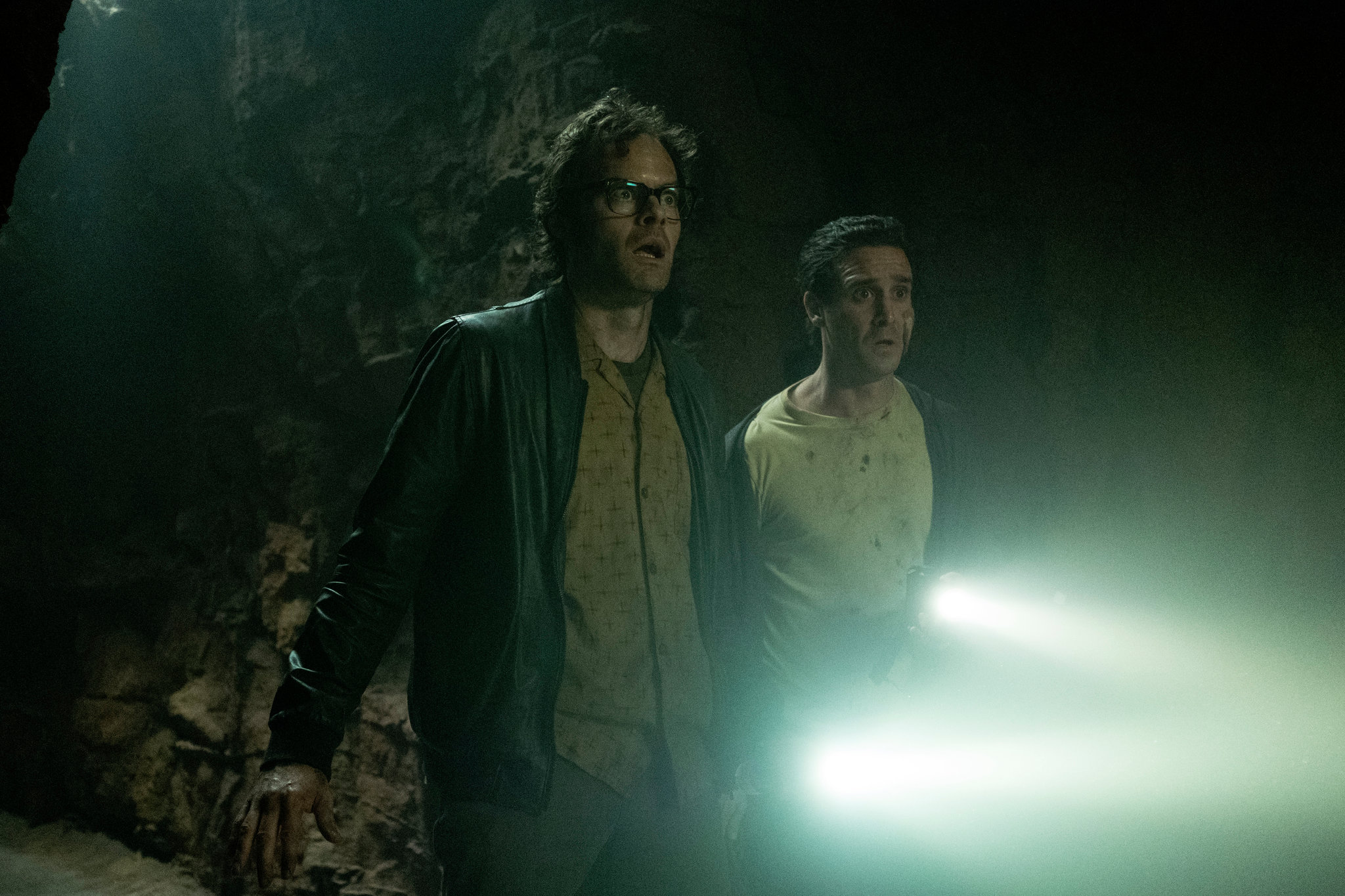
In It: Chapter Two, Richie’s (Bill Hader) sexuality is one that is never explicitly stated within the movie despite it being clear that he is harboring romantic feelings for Eddie (James Ransone). The director, Andrés Muschietti, decided to leave Richie’s sexuality ambiguous as an homage to King’s writing (( McCulskey, Megan. “How It Chapter Two Handles the LGBTQ Themes of Stephen King’s Novel.” Time, 07 Sep 2019. )). This choice in ambiguity has been criticized by many. For example, Louis Peitzman, a contributor of Them, writes that Richie’s acknowledgment of his feelings for Eddie being real is a low bar to clear in 2019 and that the storyline between Richie and Eddie is regressive considering Richie’s realization to his feelings is near the end of the film (( Peitzman, Louis. “It Chapter Two Reckons With Stephen King’s Troubling Legacy of LGBTQ+ Representation.” Them, 05 Sep 2019. )).
Netflix’s Fear Street Trilogy (2021; Leigh Janiak)
With various horror films failing to give positive queer representation, it was inevitable that a director would come in and finally deliver the representation the community needed. Leigh Janiak just so happened to be that person when they directed Netflix’s Fear Street Trilogy released this past July.
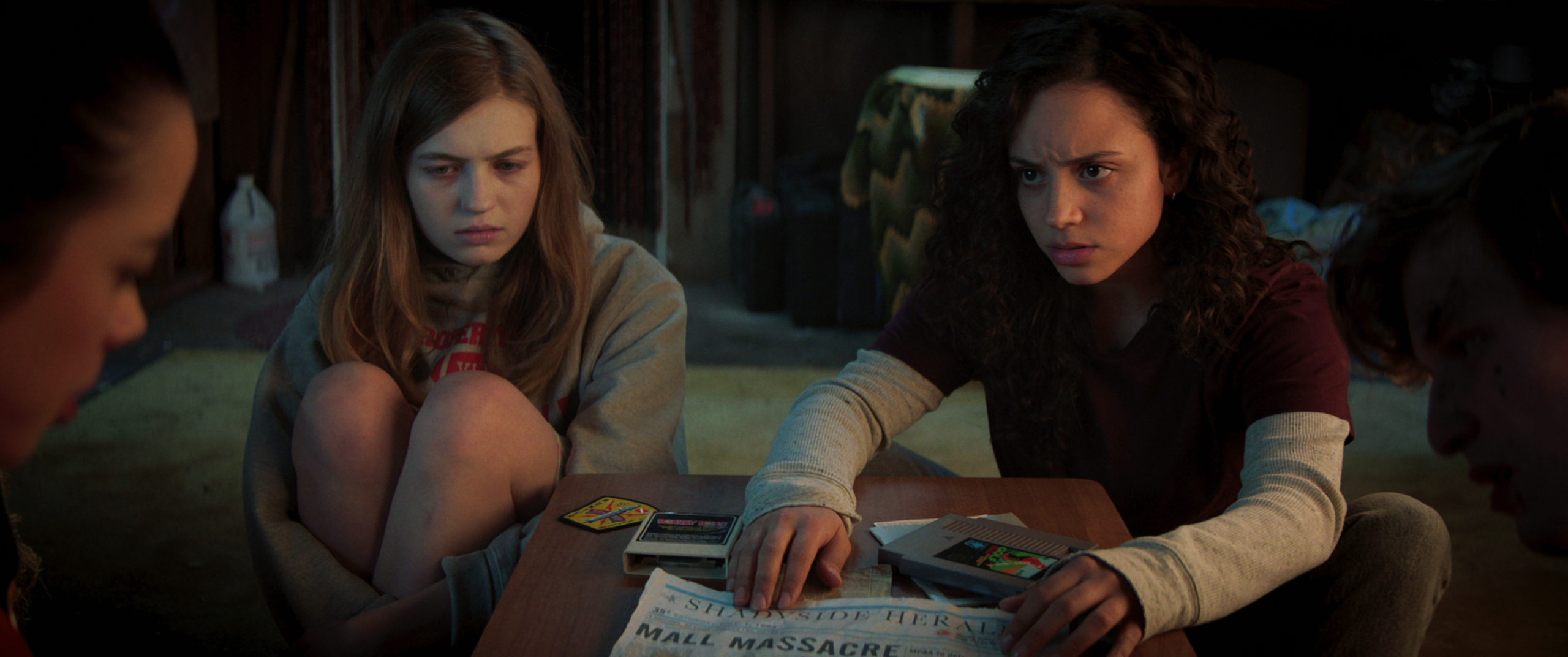
The Fear Street Trilogy, which is based on R.L. Stine’s novels of the same name, centers on a group of teenagers in the ‘90s that try to break a curse that has plagued their town of Shadyside for hundreds of years. In the trilogy, Janiak pays homage with parallels to past horror films like Scream and Friday the 13th. What sets this trilogy apart from any other horror film, though, is how the heart of the films is focused on a queer love story between Deena (Kiana Madeira) and Sam (Olivia Scott Welch).
At the start of the trilogy, the two girls are broken up due to Sam’s move to Sunnyvale and her homophobic mother. However, as Fear Street progresses, it is clear that the love story between Deena and Sam is the key to unlocking the truth behind the curse that haunts Shadyside. Ultimately, at the end of the horror trilogy, neither of the girls fall under the Bury Your Gays trope. Instead, they end up as the heroes of the entire trilogy. Thus, giving the audience positive queer representation.
Fear Street Gives Hope For The Horror Genre
It is obvious through Rope and The Silence of the Lambs that queer representation in horror over the years hasn’t been the greatest. Although, with Fear Street, it seems that the horror genre is shifting paths in queer representation. Unlike It: Chapter Two, Fear Street was explicit in showing how Deena and Sam are queer characters. When comparing new queer representation in horror movies, it is clear cut that the Fear Street series is the best example for representation of the LGBTQ+ community. The trilogy shows to horror audiences that characters can openly be queer and be the heroes. The amount of love many hold for the Fear Street trilogy leaves hope that the horror genre will continue its rise in positive queer representation.
